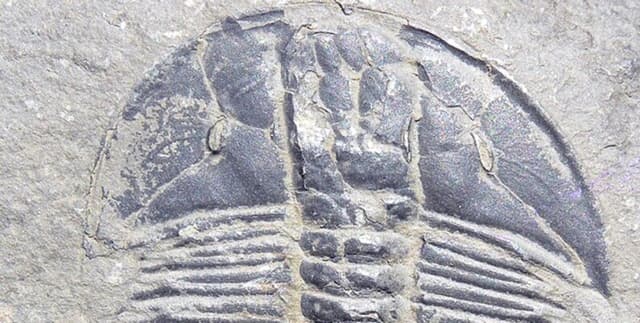Trilobite Species and Geological Age Data
Data Science and Analytics
Tags and Keywords
Trusted By




"No reviews yet"
Free
About
This resource provides detailed palaeontological data specifically curated for the classification and age prediction of trilobite fossils. The data has been sorted and refined to include only trilobite specimens identified down to the species level, making it ideal for machine learning projects focused on determining the geological time period of ancient specimens. It includes both numerical and categorical features describing the biological attributes, location, and geological context of the finds.
Columns
The dataset contains 30 columns, detailing various features of the fossils:
- scientific_name: The genus and species identification of the trilobite.
- Order, Family, Genus, Species: Hierarchical taxonomic classifications.
- order_num, family_num, genus_num: Numerical representations of the taxonomic hierarchy.
- early_interval and late_interval: The specific time period when the fossil was located.
- max_age_mya and min_age_mya: The estimated age range of the fossil, measured in millions of years.
- Country and State: Geographic location where the specimen was found.
- Longitude and Latitude: Precise coordinates of the find location.
- Latlng_basis: How the latitude and longitude were determined (e.g., estimated from map).
- Latlng_precision: The accuracy level of the coordinate values (e.g., seconds or minutes).
- Formation: The geological formation where the trilobite was discovered (e.g., the burgess shale).
- Stratigraphy_scale: The scale of the relevant formation (e.g., bed).
- Lithology: The primary rock type at the formation (e.g., limestone or shale).
- Environment: The ancient environment type represented when the trilobite was alive (e.g., marine indet.).
- assembly_composition: The types of fossils found alongside the trilobite (e.g., macrofossils).
- preservation_mode: How the trilobite was fossilised.
- collection_name and collection_type: Specific details regarding the fossil collection.
- life_habit: The lifestyle of the trilobite (e.g., low-level epifaunal).
- vision: Notes on the trilobite's visual capability.
- diet: The typical food source of the trilobite (e.g., carnivore or deposit feeder).
- time_period: The major geological time period during which the trilobite was alive (e.g., Ordovician or Cambrian).
Distribution
The data is provided in a file named
trilobite.csv, which is approximately 9.81 MB in size. It contains 30 distinct columns and includes about 29,000 records. While most fields are fully populated, certain location-specific attributes like late_interval and state contain missing values. The overall structure is suitable for analysis, featuring a blend of highly unique textual data (like scientific names) and classified numerical data (like age ranges).Usage
This data product is ideal for several applications, including:
- Machine Learning Classification: Training models to predict the geological time period (
time\_period) based on features like taxonomy, location, and lithology. - Age Regression: Predicting the estimated age in millions of years (
max\_age\_myaandmin\_age\_mya). - Palaeoenvironmental Research: Analysing correlations between trilobite traits (diet, vision, life habit) and their environment or preservation mode.
- Geospatial Analysis: Mapping the global distribution and concentration of specific trilobite orders and families using the latitude and longitude coordinates.
Coverage
The dataset spans vast geological time, with estimated fossil ages ranging from approximately 254 million years ago up to 539 million years ago. The time periods covered include the Cambrian, Ordovician, Silurian, Devonian, and Permian. Geographically, the findings are global, although a significant proportion of the entries originate from the US and Canada. Location details include country, state, and precise coordinates.
License
CC BY-NC-SA 4.0
Who Can Use It
- Earth Scientists and Palaeontologists: For rigorous academic research into trilobite evolution, distribution, and palaeoecology.
- Data Scientists: For developing and testing advanced classification and prediction models using large-scale biological and geological feature sets.
- Students and Educators: As a high-quality, structured resource for learning about earth science, deep time, and data analysis techniques.
Dataset Name Suggestions
- Trilobite Species and Geological Age Data
- Palaeozoic Trilobite Fossil Classification Features
- Global Trilobite Biostratigraphic Record
Attributes
Original Data Source: Trilobite Species and Geological Age Data
Loading...
